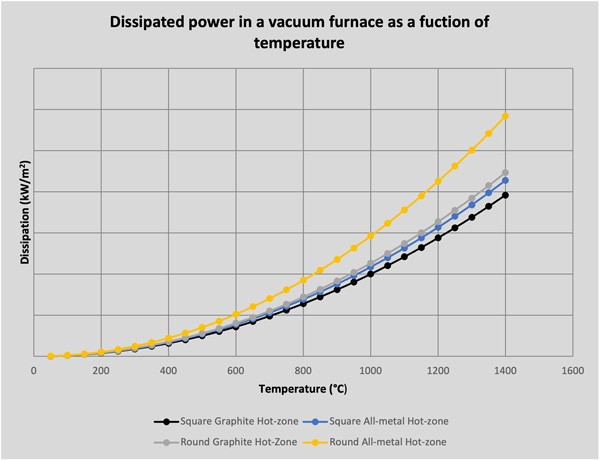Density in Air Vs Density in Vacuum: Understanding the Key Differences
Understanding Density
Density is how much mass is in a space. It measures how packed something is. The formula for density is:
In simple words, density tells us how heavy something is for its size.

Credit: www.tav-vacuumfurnaces.com

Credit: www.researchgate.net
What is Air?
Air is a mix of gases. It is all around us. We breathe air. Air has weight. It also takes up space. The main gases in air are nitrogen, oxygen, and carbon dioxide. There are also small amounts of other gases.
What is Vacuum?
A vacuum is a space with no matter. It has no air. A perfect vacuum has no gases at all. It is very hard to make a perfect vacuum. Even in space, there are tiny bits of matter.
Density in Air
Since air is made of gases, it has density. The density of air is not very high. It is much less than the density of water. The density of air changes. It can change with temperature and pressure.
When air is warm, it has lower density. When air is cold, it has higher density. This is why hot air balloons rise. Warm air inside the balloon is less dense than the cool air outside.
Air density also changes with height. At higher places, like mountains, air density is lower. This is because there is less air above pressing down.
Density in Vacuum
A vacuum has no air. It has no matter. So, it has no density. A perfect vacuum has a density of zero. This makes it very different from air.
In space, there is almost no matter. The density is very close to zero. But, there are still tiny bits of matter. So, it is not a perfect vacuum.
Comparing Density in Air and Vacuum
Let’s compare density in air and vacuum.
| Aspect | Air | Vacuum |
|---|---|---|
| Has Matter | Yes | No |
| Density | More than zero | Zero |
| Changes with Temperature | Yes | No |
| Changes with Pressure | Yes | No |
Why is This Important?
Knowing about density in air and vacuum is useful. It helps us understand the world. It helps in many fields. For example, in weather prediction, engineering, and space travel.
In weather prediction, knowing air density helps forecast weather. In engineering, air density affects how planes fly. In space travel, vacuum affects how spacecraft move.
Real-Life Examples
Here are some real-life examples:
- Hot Air Balloon: It rises because warm air is less dense.
- Mountains: Air density is lower at high places.
- Space Travel: Space is close to a vacuum, so rockets need special designs.
Frequently Asked Questions
What Is The Density Of Air?
Air density is about 1. 225 kg/m³ at sea level.
How Does Vacuum Density Compare To Air Density?
Vacuum has no matter. Its density is effectively zero.
Why Is Air Denser Than Vacuum?
Air contains molecules. Vacuum lacks molecules, making it less dense.
Can Density Affect Air Pressure?
Yes, higher density increases air pressure.
Does Temperature Impact Air Density?
Yes, higher temperatures decrease air density.
How Is Vacuum Created?
Vacuum is created by removing air from a space.
Conclusion
Density in air and vacuum is very different. Air has matter and density. A vacuum has no matter and no density. Understanding these differences is important. It helps in many areas of science and life.




![What Is The Best Mini Vacuum Cleaner for Keyboard [In 2026]](https://homeunderstandable.com/wp-content/uploads/2025/07/best-mini-vacuum-cleaner-for-keyboard.jpg)
![5 Best Canister Vacuum Cleaners for Pet Hair [In 2026]](https://homeunderstandable.com/wp-content/uploads/2025/02/best-canister-vacuum-cleaners-for-pet-hair.jpg)
